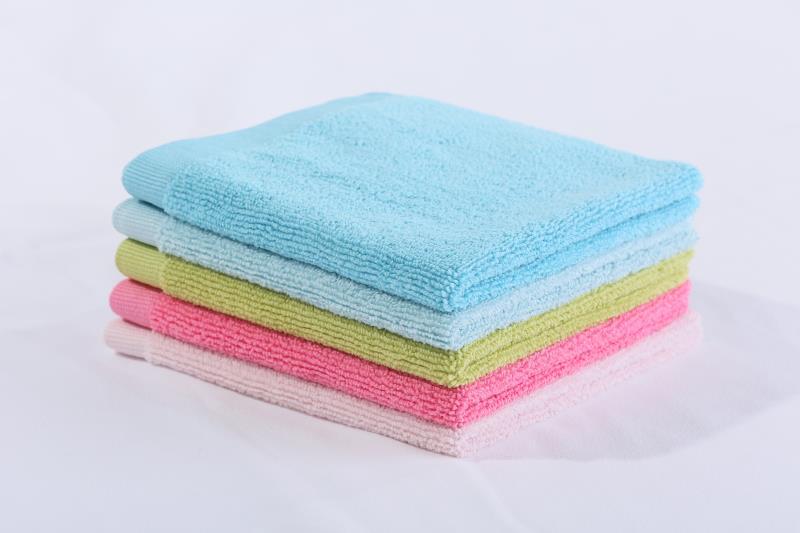Cleaning cloth four ways to use
1. Wipe with a dry cloth. For dust, water stains, etc., wipe with a dry cloth. When you encounter a hard-to-scratch stain, you can spray some vinegar first, which will be easy to remove. This method is suitable for indoor lighting fixtures for windows, wood or leather furniture.
2. Wipe with a damp cloth. For rust, black stains, oil stains, etc., wipe with a damp cloth and wipe it very effectively, then wipe it with a dry cloth to make it cleaner. This method is suitable for stains around the sink and faucet, around the washstand, handles for door handles, screens, and sliding doors.
3. Soak in soapy water. If you encounter a stain that is difficult to wipe off with a damp cloth, wipe it with a small amount of soapy water so that oily or hard-to-clean dust can be easily removed. This method is suitable for oil stains on kitchen walls, cabinets, etc., kitchen appliances, and indoor lighting fixtures.
4. Glove cleaning cloth and sponge cleaning cloth. A glove-type cleaning cloth is very convenient for wiping dust in the corners. If the tableware is not very dirty, just wipe it with a sponge and do not use detergent. This method is suitable for water stains in tableware, baths, blinds, etc.
The cleaning method of cleaning cloth
Hand washes, soothing, bleachable, banned chemicals. Alternatively, you can cook in a pan and put some detergent in the pan while cooking.
Cleaning cloth use precautions
1. When you wipe, you will encounter solid waste, sand, etc. Be careful not to scratch the cleaning cloth.
2. Be careful when wiping silverware and gold foil, and do not scratch.
3. Do not use alkaline bleach when cleaning the cleaning cloth.



